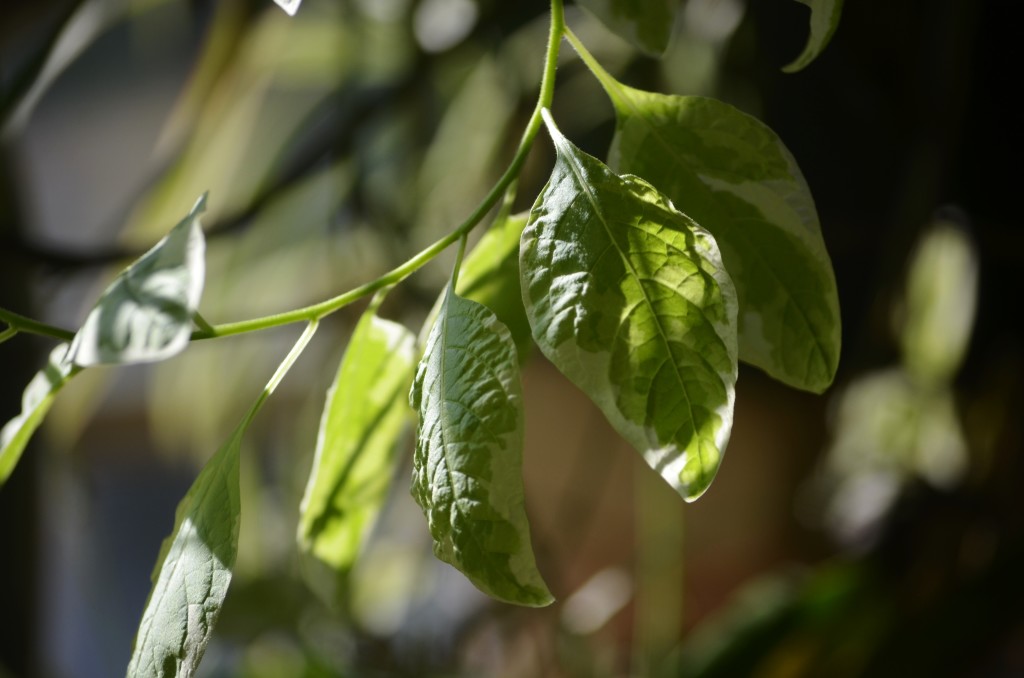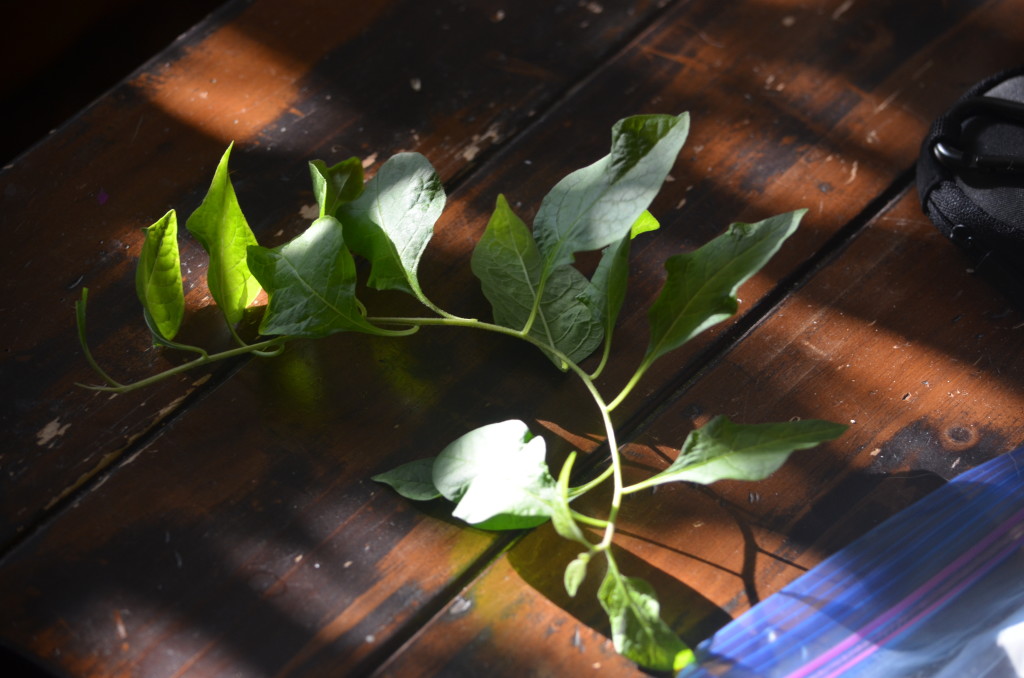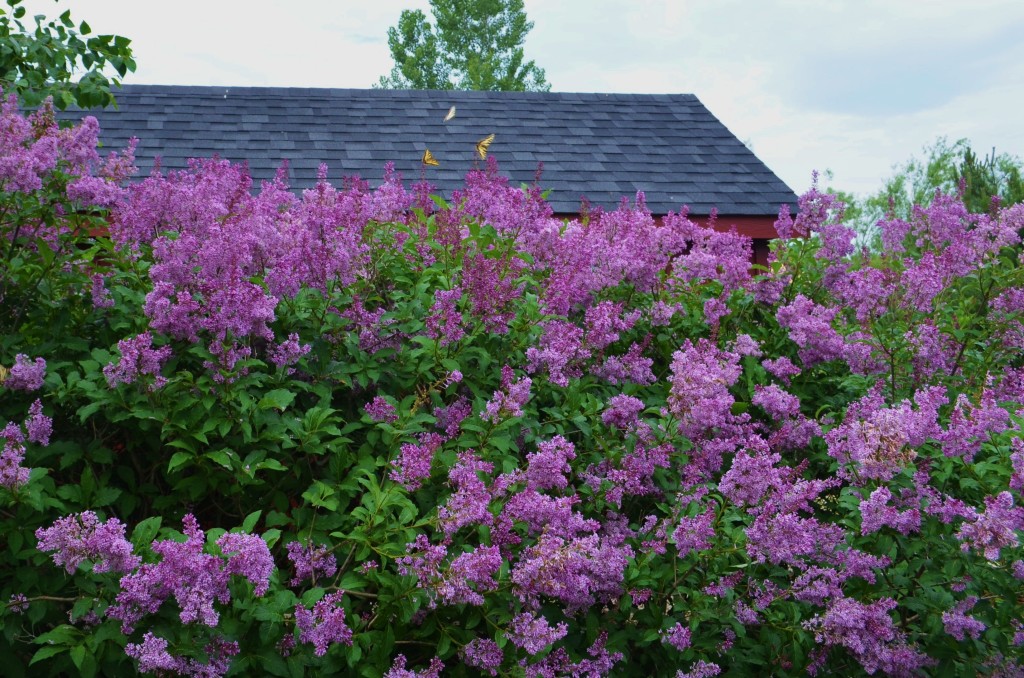This past weekend something exciting happened, but more on that in a bit.
In February and March of every year, and even more so in the past week , I have been thinking about the subjects and plants I talk about in my classes and lectures because it is planning time for the 2018-19 season . I need to decide on and write new presentation topics, and tweak the older material to be fresh and up to date , The research part of my job is perfect for Nor’easters ( of which we have just had two doozies with a third on the way) and I may even like it as much as the teaching part.
What I found when going over things is that although I love to try all sorts of challenging and rare plants , sometimes getting very frustrated in the process, on the whole the people I speak to like to hear about plants they can a.) be successful with and b.) find easily. It is so exciting to order seeds from a great source abroad , or get them from a gardening friend, and grow something unusual. It makes my garden life interesting to try plants that are fussy and work out what they need to thrive. I have species clematis in my garden that have been here for years, been relocated many times and had all sorts of soil amendments added , fertilizers applied and given stern talkings- to and they have yet to bloom (clematis fusca I’m talkin’ to you!) but those tough plants are on the whole not what makes up the bulk of my recommended plant list.
In that vein, I decided to add a plant profile of an easy to grow annual that not only gives garden joy outside in the summer but inside here all winter as well with very little in the way of effort to find and grow, the Blue Potato Bush Lycianthes rantonnetti ‘Variegata’. (Z9-11)
I have seen this plant in a boatload of places both outside and in. It is often grown as a standard or topiary in conservatories , and around here you see it offered as an unusual annual filler for use in container plantings. I bought my two at a great little nursery in Amherst, MA called Andrew’s Greenhouse that specializes in just that kind of plant.You should go there is if you live in driving distance, really, I mean it, go there. Right away in when they open in spring. Go..
Left to it’s own devices the Blue Potato Bush will grow into a lax sort of shrub and that is indeed how I grew it for the beginning of it’s stay here, but then a few years ago I trimmed it into a ball on a stick and it has yet to disappoint me.
In the original container it was part of a mixed annual planting and it was the beautiful variegated foliage I was taken with. It grew in full sun and was watered when it was very dry, but the container was very large and left to fend for itself otherwise.
Late in the season I trained it into a standard(topiary) . I did this about a month before the move to give it a chance to recover form the pruning before the stress of a move. Training a plant into a standard is very easy and just requires picking one vigorous branch and cutting all the side branches off , leaving only leaves at the top . Then, gently holding the remaining stem upright, tie it to a firm stake and keep trimming all side growth until you have a thicker “trunk ” with all the growth now coming from the top. You can do this easily with coleus and geraniums too. Before frost I brought it inside where all winter long I enjoy not only the foliage but what seems like a constant flush of sweet little purple flowers .

the blue potato bush viewed from the walkway outside
In my big bay window it gets morning sun , watered once a week, and will start getting a weak dose of fertilizer this month to prepare for being moved outside in late May. During the winter months I do not prune it all all, instead letting it soak up every little bit of the winter sun with every leave it can push out. Once it has transitioned to the porch I will hack it back into shape.
A quick word about moving indoors to out. I have had over the years a number of plants that I overwinter inside and move outside in the warm weather.I have always followed a routine of slowly acclimating them , putting them out on the deck for a very short time in the morning , then back in when the strongest sun heats the day , adding on time spent outdoors every day until they could take the bright sun and windier conditions full time. In the fall I bring them back in before frost and often deal with a lot of leaf drop as they re-acclimate to lower light levels inside. After burning the leaves of a bougainvillea that i transferred too quickly I had an “A-HA ” moment and starting bringing the bigger plants out onto my porch and never moving them out into the full sun at all. You would think, like I did, that plants like the lycianthes and bougainvillea would need all the sun they could get and would suffer in what are most definitely part sun conditions, but they surprisingly thrived and when they come back in for the winter drop only a handful of leaves because the change is not so drastic. There is work trade-off; instead of all that in and out moving and leaf sweeping you have to water these plants regularly as they will get no rain under the cover of the porch. During the summer I wish I could say I regularly trim them, but alas many times they end up looking like Cousin it from the Addams family when I forget , but that is easily remedied in a few minutes with some sharp pruners. The only other maintenance is watching for branches that throw out solid green leaves, as with many variegated plants these reversions need to be nipped in the bud so their more vigorous growth won’t out-compete the variegated growth .
, but that is easily remedied in a few minutes with some sharp pruners. The only other maintenance is watching for branches that throw out solid green leaves, as with many variegated plants these reversions need to be nipped in the bud so their more vigorous growth won’t out-compete the variegated growth .


so, moving on from fun and easy plants that bring loads of color but not loads of work to the exciting thing that happened this weekend……….
Last summer a local publication , Worcester Living Magazine, came here to take pictures of the garden and they came again in February to take pictures inside. The feature story of our house and garden came out yesterday and it is so cool. One of the things I love about letting other photographers loose in the garden is seeing their perspective on things, which is always very unlike my own. Clearly for this story the focus was on the whole property as opposed to my focus on the little things that make up the whole, but that led to wide all encompassing shots that give you all a much better idea of the layout.
If you follow the link below you should be able to read the article online if you wish
Worcester Living Magazine Article

 On Friday April 6th from 11-12 I will be running a class at Tower Hill Botanic Garden called
On Friday April 6th from 11-12 I will be running a class at Tower Hill Botanic Garden called


 , but that is easily remedied in a few minutes with some sharp pruners. The only other maintenance is watching for branches that throw out solid green leaves, as with many variegated plants these reversions need to be nipped in the bud so their more vigorous growth won’t out-compete the variegated growth .
, but that is easily remedied in a few minutes with some sharp pruners. The only other maintenance is watching for branches that throw out solid green leaves, as with many variegated plants these reversions need to be nipped in the bud so their more vigorous growth won’t out-compete the variegated growth .

